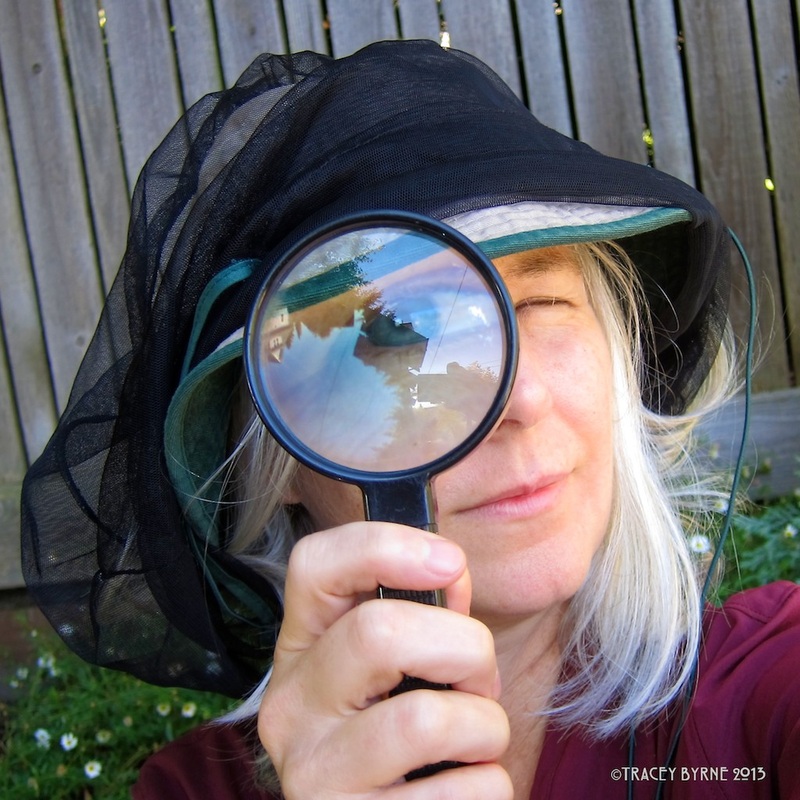On Sunday, Cedar and Stuart Anderson opened an Indigogo account site for crowd-funding and within 24 hours had raised over 2 million dollars=to become the most successful crowd-funding project ever!
BeePeeking is a proud sponsor of the Flow Hive and we are excited for the success of their venture.
Currently, we only harvest cut-comb honey, so this will be a nice addition to our already less invasive honey harvesting habits.
Please visit Flow Hive's Indiegogo campaign to get all the sweet details.
For your convenience and viewing pleasure, I have reposted one of Flow Hive's videos for you. Enjoy!
Hats off to those creative Aussies!
First the Sun Hive and now this:
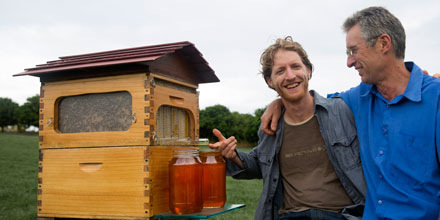
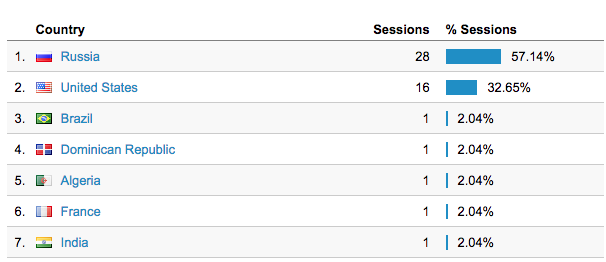
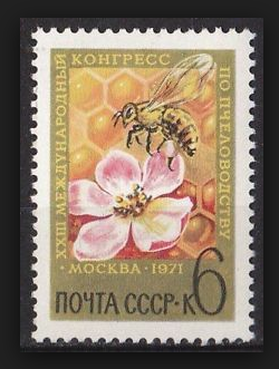
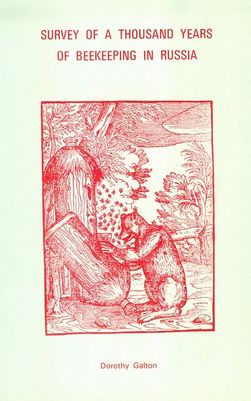
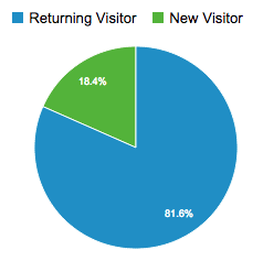
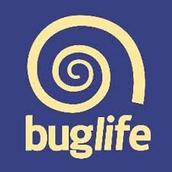
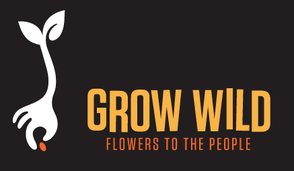
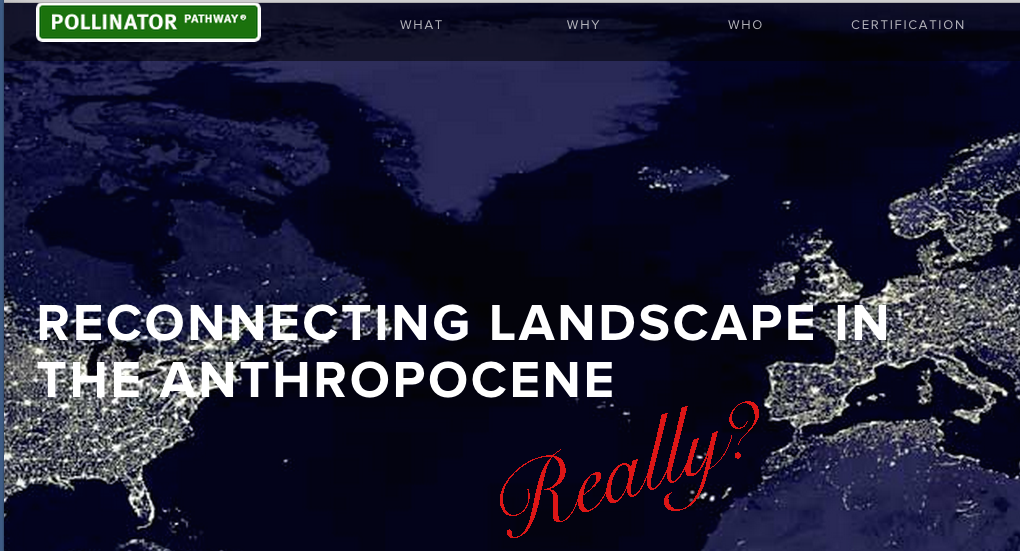
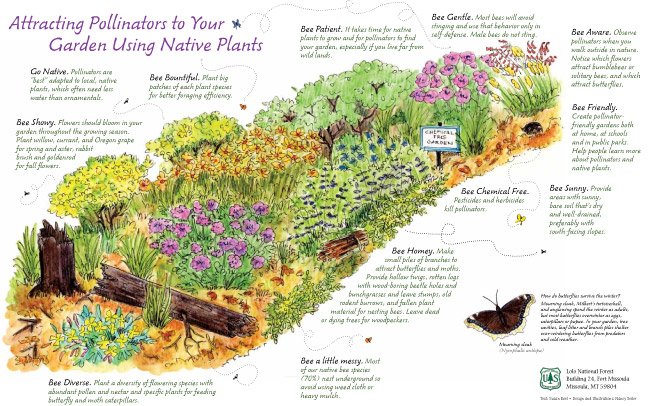
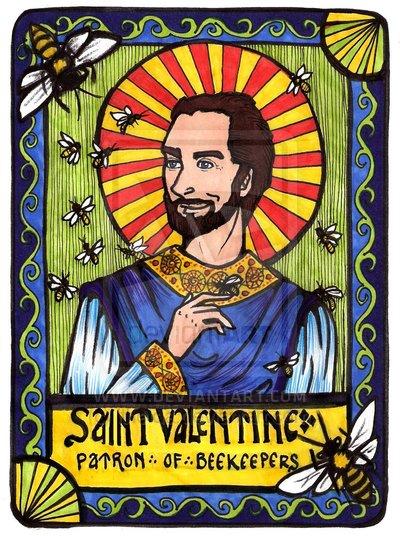
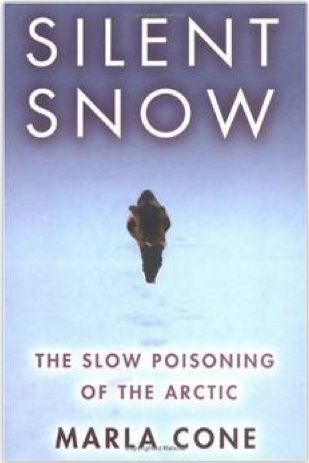
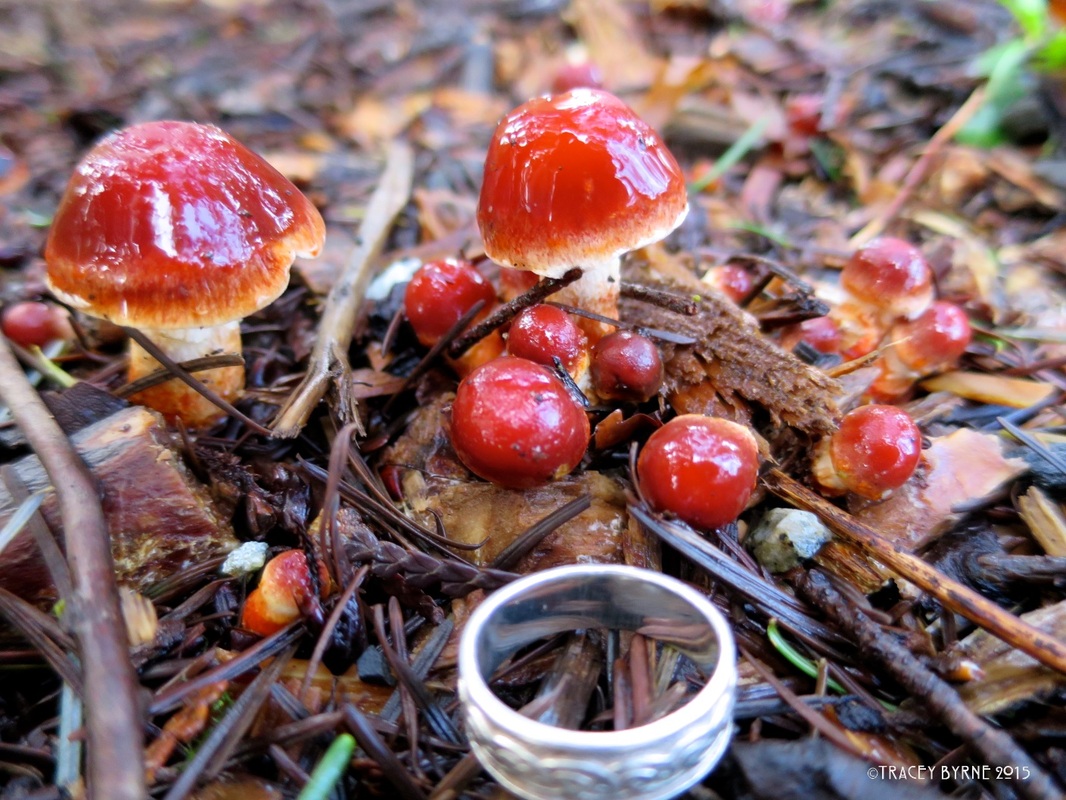
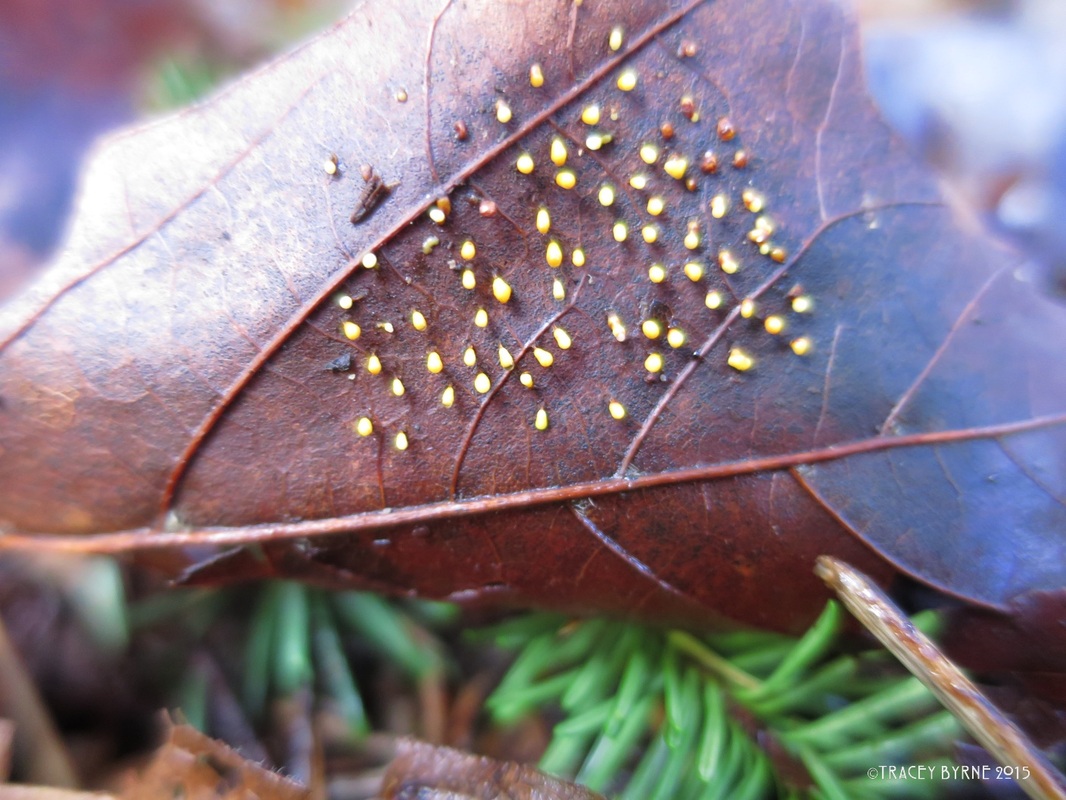
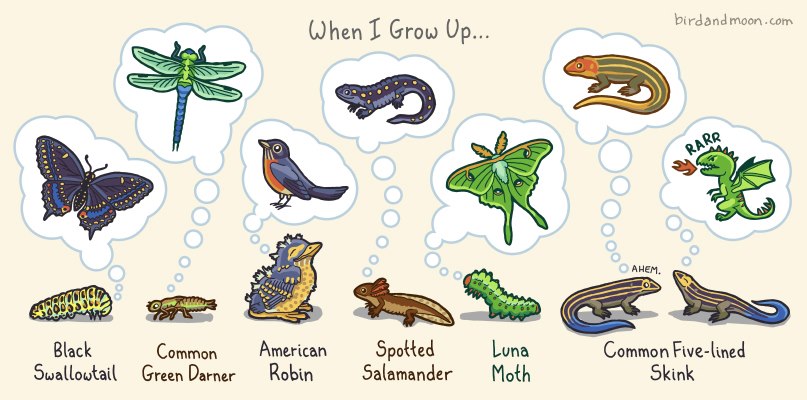
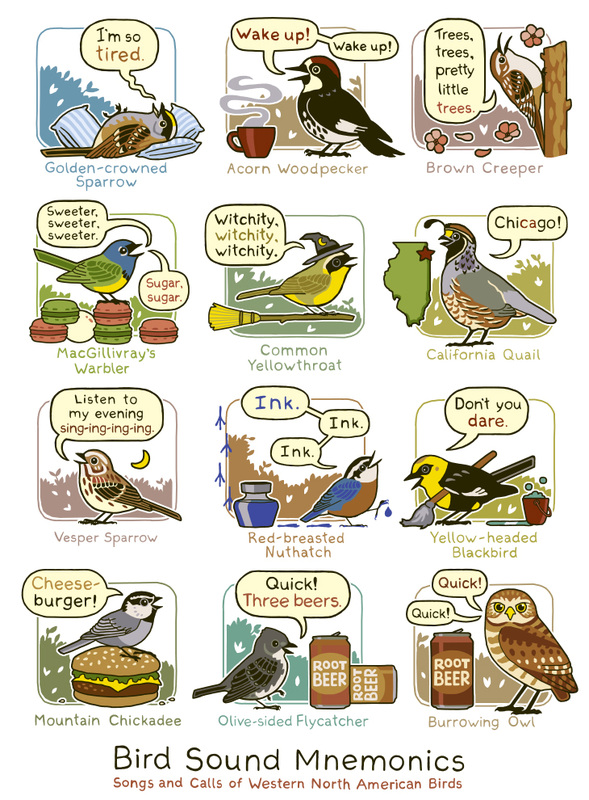
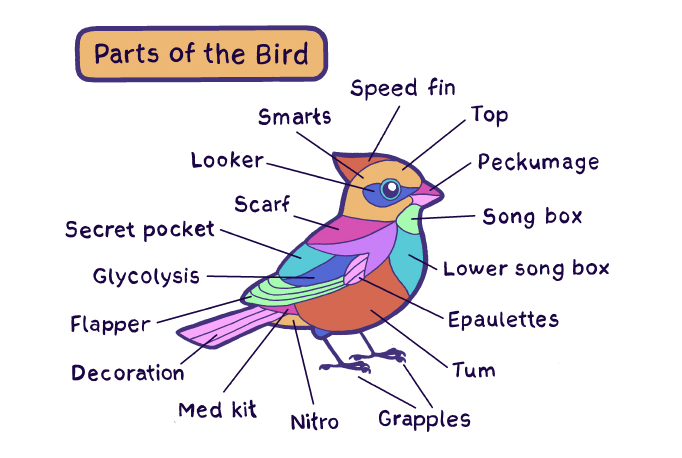
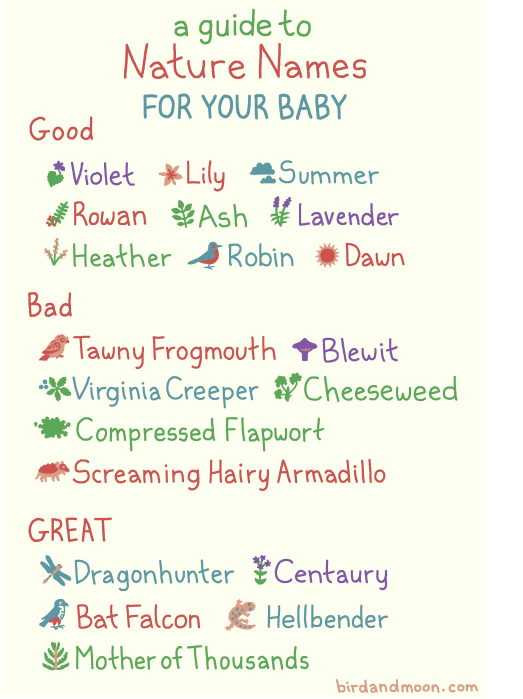
 RSS Feed
RSS Feed
